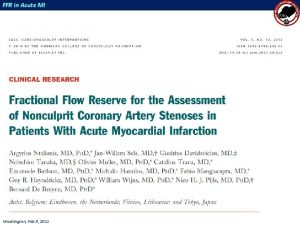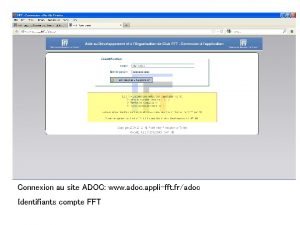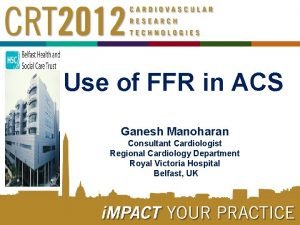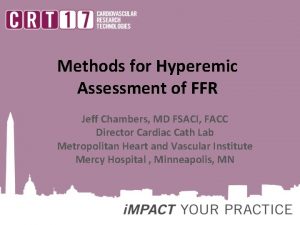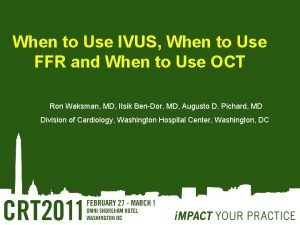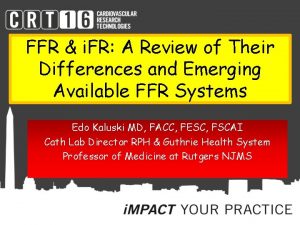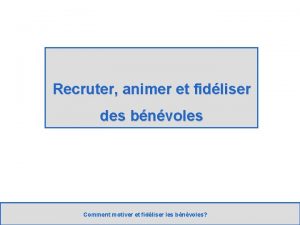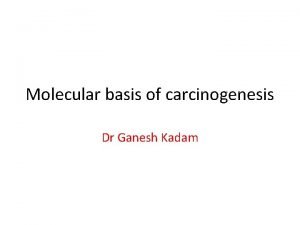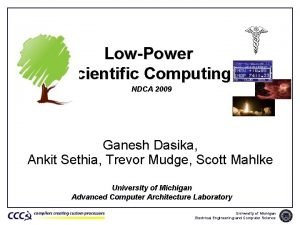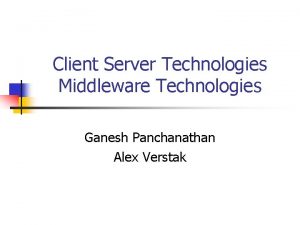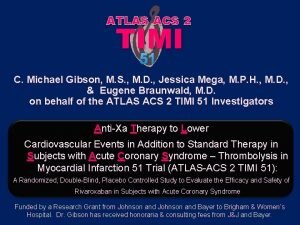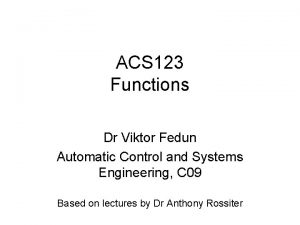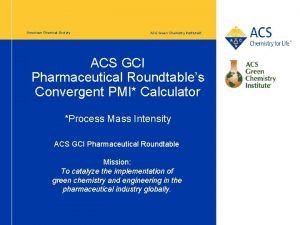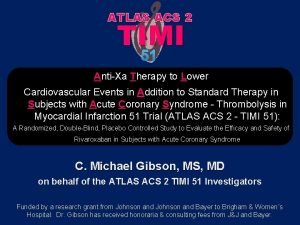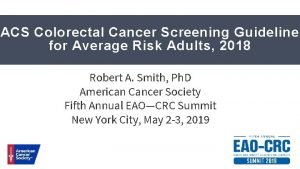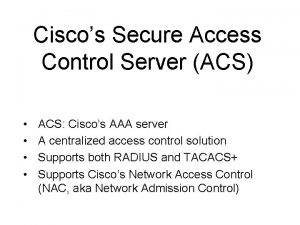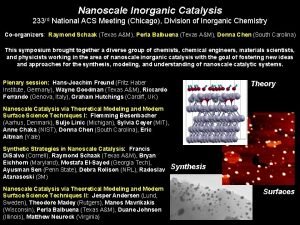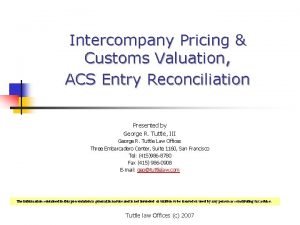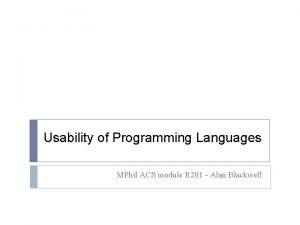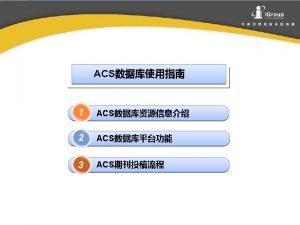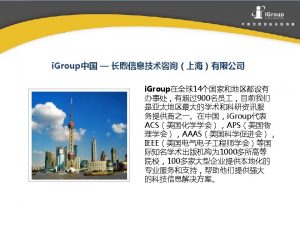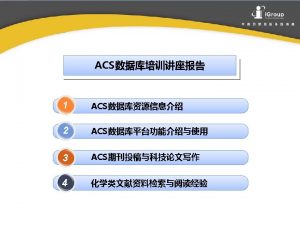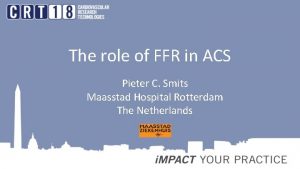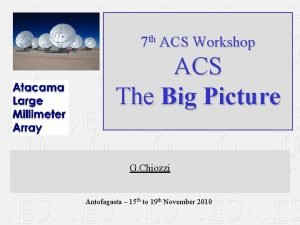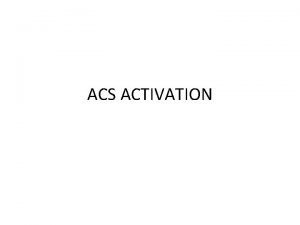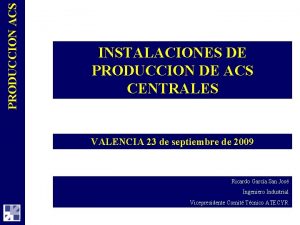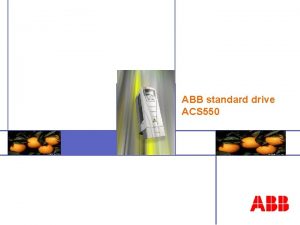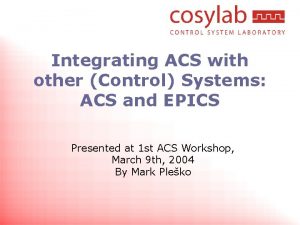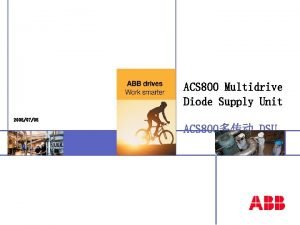Use of FFR in ACS Ganesh Manoharan Consultant







































- Slides: 39

Use of FFR in ACS Ganesh Manoharan Consultant Cardiologist Regional Cardiology Department Royal Victoria Hospital Belfast, UK

Disclosures I am a consultant for: St. Jude Medical Medtronic Cardio. Vascular GDS Inc

Basic Principles of FFR Pa FFR = Pd Pd Pa Normal FFR = 1

Before Hyperaemia Conductance Arteries >500 µ Resistance Arteries <500 µ Microvasculature Pa Pd Pa 100 MACRO MICRO

With Maximal Hyperaemia Conductance Arteries >500 µ Resistance Arteries <500 µ Microvasculature Pa Pd Pa 100 MACRO MICRO

So, for Reliable and Reproducible FFR depends on: • Accurate calibration system • Accurate equalisation of catheter and pressure wire haemodynamics • Pressure wire in distal vessel • Maximum hyperaemia • Viable/non-stunned microvasculature

Factors Affecting FFR in ACS Clinical Syndrome: Unstable Angina Non-STEMI Assessment Time Point: Acute Subacute Late Artery Specific: Culprit vs Non Culprit STEMI

• 82 yrs old, male • Chronic renal failure • COPD • Acute STEMI • Primary PCI




Possible Options 1. Stent the LAD and the LCx in the same setting? 2. Bring the patient back to the cath lab in 4 to 8 days ? 3. Elective non-invasive assessment in the next coming days ? 4. Measure the FFR in the LAD and the LCx in the setting of primary PCI ?

What could happen to perfusion following revascularisation in STEMI: Acute Phase Epicardial segment: – Residual stenosis – Thrombus lining vessel wall – Diffuse spasm Impede flow Microvasculature: – Thrombus obstruction – No reflow – Necrosis – Stunning Impede Hyperaemia

What could happen to perfusion following revascularisation in STEMI: Late Phase Epicardial segment: – Residual stenosis True Physiological Lesion Microvasculature: – Cell death – Scarring Reduced perfusion territory / ‘ischaemic burden’ Impact of epicardial stenosis on perfusion is relative to perfused / viable area

DS=75% FFR=0. 50 Normal Myocardium Myocardial Infarction DS=75% FFR=0. 84 Scar Normal Myocardium

FFR=1. 0 CFR=2. 4 IMR=98

FFR could be higher/normal in infarct related artery post stent in acute phase FFR after PCI in 33 STEMI patients compared to 15 stable angina patients Cathet Cardiovasc Interven 2002; 57: 452 -459

FFR could be higher/normal in infarct related artery post stent in late phase Flow changes with and without microvascular dysfunction Cathet Cardiovasc Interven 2001; 54: 427 -434

FFR post recent MI • • • FFR and SPECT performed 3. 7 days post MI – 73%STEMI; Had to be >2 days for NSTEMI and >3 for STEMI 23 pts also had stress echo FU SPECT performed 11 weeks post to identify true positives and negatives Samady et al, J Am Coll Cardiol 2006; 47: 2187 -2193

Samady et al, J Am Coll Cardiol 2006; 47: 2187 -2193

FFR Cut-Off 0. 78 Samady et al, J Am Coll Cardiol 2006; 47: 2187 -2193

FFR in Patients with Previous MI Comparison of FFR in 57 pts >6 days post MI with SPECT pre and post PCI De Bruyne B et al. Circulation 2001; 104: 157 -162

FFR in Patients with Previous MI Sensitivity and specificity curves of FFR to detect flow maldistribution at MIBI perfusion scan in population as a whole. De Bruyne B et al. Circulation 2001; 104: 157 -162

FFR in Patients with Previous MI FFR depends on mass of viable myocardium De Bruyne B et al. Circulation 2001; 104: 157 -162

What about FFR in Non-Culprit Stenoses During the Acute Phase of a Myocardial Infarction Ntalianis A et al JACC interv 2010

FFR in Non-Culprit Stenoses During the Acute Phase of a Myocardial Infarction • 104 patients with acute MI • 112 non-culprit stenoses • FFR - acute phase and - 1 month later In 2/112 stenoses, the FFR value was >0. 80 at the acute phase but <0. 75 at follow-up VARIABILITY OF VARIATIONS: 5% Ntalianis A et al JACC interv 2010

Results VARIABILITY OF VARIATIONS: 12% Ntalianis A et al JACC interv 2010

FFR in Non-Culprit Stenoses During the Acute Phase of a Myocardial Infarction In patients with a high LVEDP the FFR measured at the acute phase is slightly overestimated as compared to the measurement performed 1 month later Ntalianis A et al JACC interv 2010

FFR=0. 88 FFR=0. 95

FFR in the STEMI: Culprit vs Non-Culprit Artery Culprit – Acute Phase: Not recommended – Late Phase: • Can be used, useful in tailoring therapy • Can be normal in setting of ‘severe’ angiographic stenosis but non-viable myocardium • Non-Culprit – Acute Phase: • Can be used • Caution in high LVEDP patients

What about NSTEMI patients? ACS Patients (N=70) with intermediate leasion randomised to FFR or stress perfusion scan Leesar et al. J Am Coll Cardiol 2003; 41: 1115 -1121

FFR in NSTEMI 1 year events Leesar et al. J Am Coll Cardiol 2003; 41: 1115 -1121

FFR in ACS Patients (N=201) with 50% stenosis (2/3 with ACS) who had intervention deferred based on FFR Potvin et al. Am J Cardiol 2006; 98: 289 -297

FFR in ACS New Engl J Med 2009; 360: 213 -24

Baseline Characteristics

FAME patients with and without ACS

FAME De Bruyne Onset Samady When could you assess the culprit artery post ACS? 4 5 6 Time (days)

In Summary Culprit Non-Culprit STEMI (Acute) - + STEMI (Late) + + NSTEMI + +

Conclusions • FFR of culprit artery in acute STEMI is not recommended • FFR of the non-culprit artery in acute ACS is reliable, but be cautious in setting of raised LVEDP • FFR assessment of the culprit artery in ACS is best assessed after a minimum of 7 days
 Tera ffr
Tera ffr Comet ffr wire
Comet ffr wire Ffr dijagnostika man
Ffr dijagnostika man Http www adoc appli fft fr
Http www adoc appli fft fr Ffr
Ffr Jeff chambers md
Jeff chambers md Takashi akasaka
Takashi akasaka Ivus and ffr
Ivus and ffr Https oval e ffr fr
Https oval e ffr fr Ffr i
Ffr i Recruter et fidéliser bénévoles ffr
Recruter et fidéliser bénévoles ffr Dr ganesh das
Dr ganesh das Gene rb
Gene rb Ganesh dhakal
Ganesh dhakal Ganesh tali
Ganesh tali Ganesh dasika
Ganesh dasika Ganesh thiagarajan
Ganesh thiagarajan Ganesh iyer berkeley
Ganesh iyer berkeley Osi tcpip
Osi tcpip Alex verstak
Alex verstak Karin erlimo
Karin erlimo Dr ganesh
Dr ganesh Ganesh rajagopalan iowa state
Ganesh rajagopalan iowa state Avocent acs 6000
Avocent acs 6000 Concurso acs recife
Concurso acs recife Atlas timi 51
Atlas timi 51 Viktor fedun
Viktor fedun Acs gci pharmaceutical roundtable
Acs gci pharmaceutical roundtable Acs packaging
Acs packaging Atlas acs 2 timi 51
Atlas acs 2 timi 51 Acs
Acs Acs
Acs Cisco secure access control server for windows
Cisco secure access control server for windows Pins petition nyc
Pins petition nyc Rd acs
Rd acs Acs
Acs Customs reconciliation
Customs reconciliation Acs programming language
Acs programming language Acs web portal
Acs web portal Cisco ise urt
Cisco ise urt


